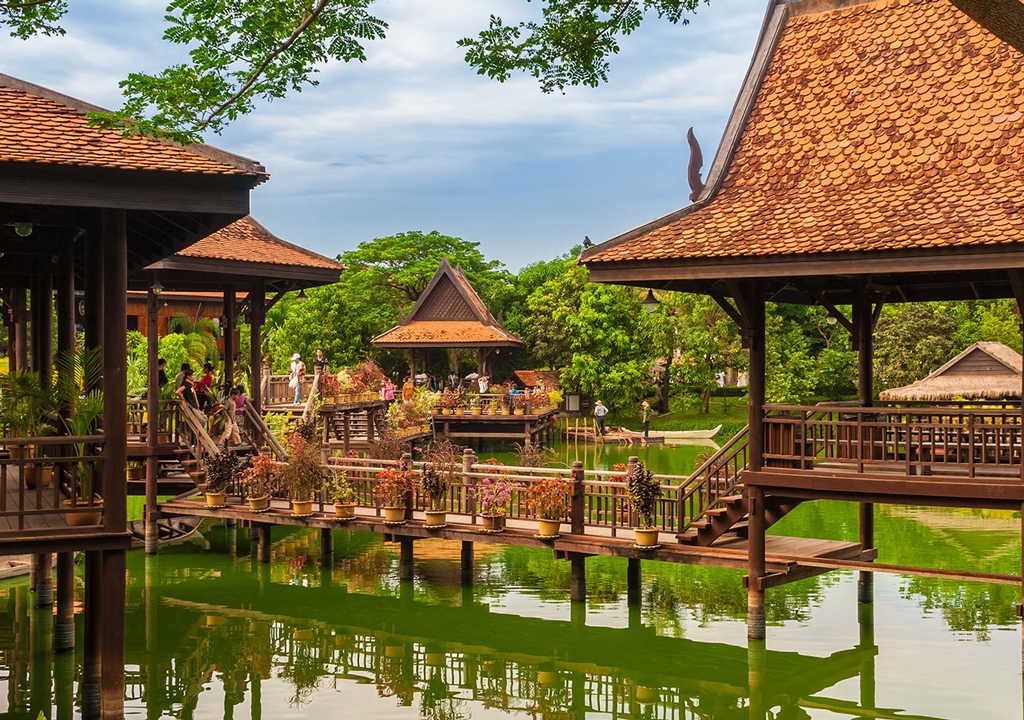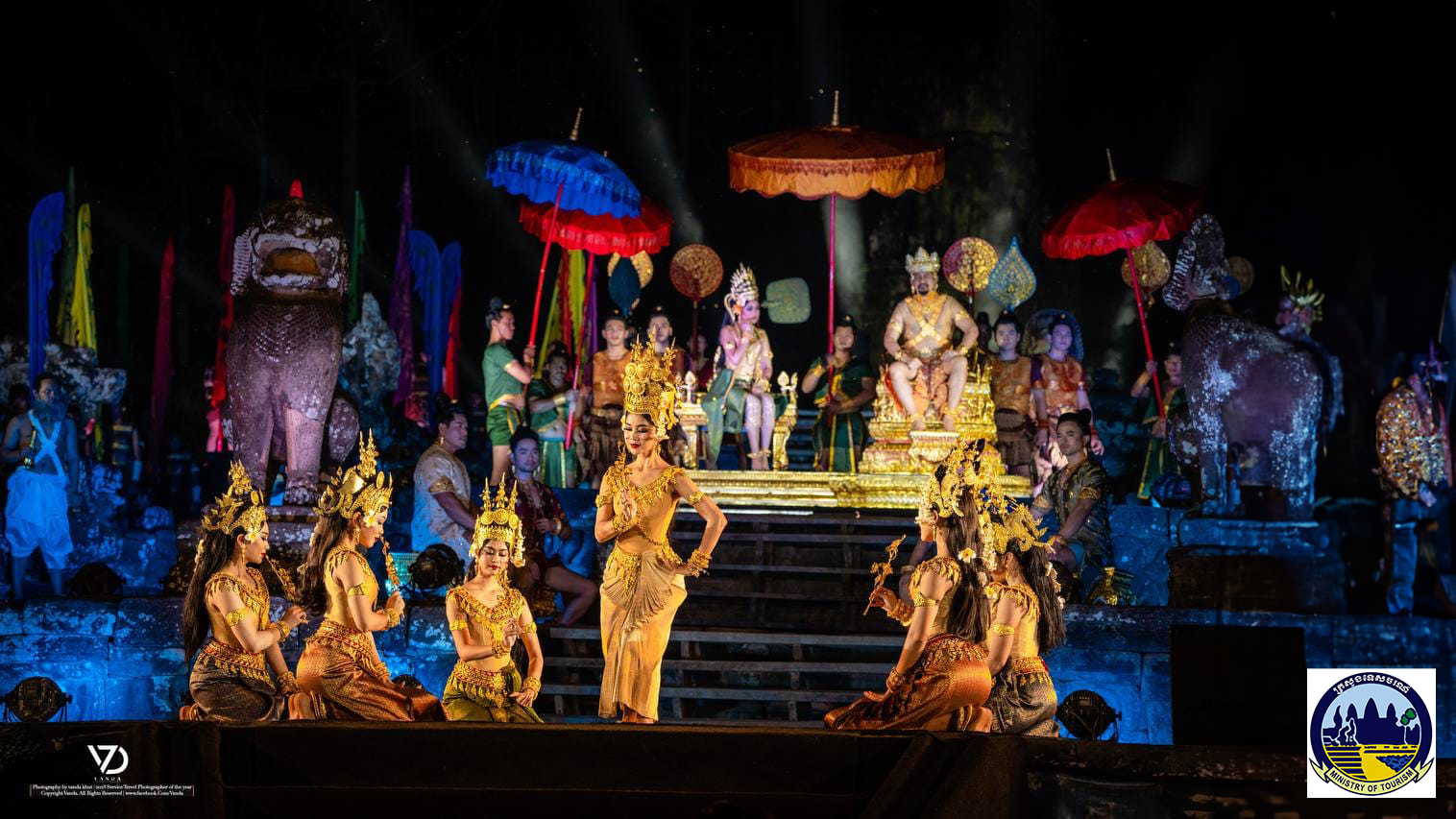Culinary Crossroads: Exploring the Diverse Food Scene of Siem Reap
Siem Reap, a city renowned for its majestic Angkor Wat, is also a melting pot of diverse culinary traditions. This article takes readers on a gastronomic journey through the varied food scene in Siem Reap, Cambodia. Here, the ancient Khmer culinary traditions meet a modern fusion of international flavors, creating a food diversity that is as rich and varied as the city’s history. This guide delves into the heart of Siem Reap's culinary landscape, exploring everything from traditional Cambodian street foods to contemporary international cuisine. With its unique geographical location and cultural influences, Siem Reap offers a myriad of dining experiences, catering to all palates and preferences. From the bustling night markets serving local delicacies to upscale restaurants offering gourmet dishes, Siem Reap’s food scene is a testament to its cultural diversity and culinary creativity. This article showcases the best of Siem Reap’s food diversity, with each section focusing on a different aspect of the city’s rich culinary offerings, ensuring travelers can experience the full spectrum of flavors that Siem Reap has to offer.
KHMER CULINARY STAPLES Siem Reap’s traditional Khmer cuisine is a rich tapestry of flavors deeply rooted in the country's history. This section dives into iconic dishes such as Fish Amok, a curried fish steamed in banana leaves, and Beef Lok Lak, a savory stir-fry showcasing the unique balance of salty, sweet, and sour flavors typical of Cambodian cooking. Khmer Red Curry, less spicy than its regional counterparts, is a creamy and comforting dish often served during special occasions. The article explores the ingredients like lemongrass, galangal, and kaffir lime leaves that form the backbone of these dishes, and discusses popular spots in Siem Reap where these traditional flavors can be experienced in their most authentic form.
INTERNATIONAL INFLUENCES Siem Reap's food scene is a cosmopolitan mix of international cuisines, reflecting its status as a global tourist destination. This section highlights the variety of international dining options available in the city, from French bistros serving classic coq au vin to Italian trattorias with authentic pasta dishes. Japanese sushi bars and Korean BBQ restaurants offer a taste of East Asia, while Indian and Middle Eastern eateries cater to those seeking bold and aromatic flavors. The article also looks at how these international cuisines have been embraced by locals and tourists alike, adding to the rich tapestry of Siem Reap's dining scene.
STREET FOOD AND NIGHT MARKETS The street food and night markets in Siem Reap are a vibrant part of the city’s culinary culture. This section takes readers through the bustling streets where vendors serve an array of traditional Cambodian snacks and meals. Popular dishes like skewered meats, Lort Cha (stir-fried noodles), and exotic fruits are explored, along with descriptions of the lively atmosphere and settings of night markets like Angkor Night Market. The article emphasizes the importance of street food in Cambodian daily life and the role of these markets as gathering places for both locals and travelers.
VEGETARIAN AND VEGAN OPTIONS In response to the growing demand for plant-based diets, Siem Reap has seen an increase in vegetarian and vegan dining options. This section showcases how traditional Khmer dishes have been adapted to suit vegetarian and vegan lifestyles, using local produce like fresh vegetables, herbs, and tofu. It highlights popular vegetarian-friendly restaurants like Vibe Cafe and Peace Cafe, which offer creative plant-based versions of Cambodian classics, ensuring that vegetarians and vegans can fully experience the flavors of Siem Reap’s cuisine.
FUSION CUISINE Fusion cuisine in Siem Reap represents the innovative spirit of the city’s chefs, who blend Khmer culinary traditions with global influences. This section features restaurants like Cuisine Wat Damnak and Marum, where chefs experiment with combining local ingredients and traditional techniques with international culinary styles. The article describes some of the standout fusion dishes that can be found in these eateries, illustrating how they reflect the multicultural nature of Siem Reap’s food scene.
COFFEE CULTURE AND CAFES The thriving coffee culture in Siem Reap is a testament to the city's evolving food diversity. This part of the article looks at the burgeoning cafe scene, highlighting how local coffee shops and contemporary cafes are catering to the tastes of an international clientele. From traditional Cambodian iced coffee to specialty brews using beans sourced from around the world, the section explores the variety of coffee experiences available. It also delves into the role of cafes as social hubs in the city, where both locals and tourists can enjoy a relaxing break.








